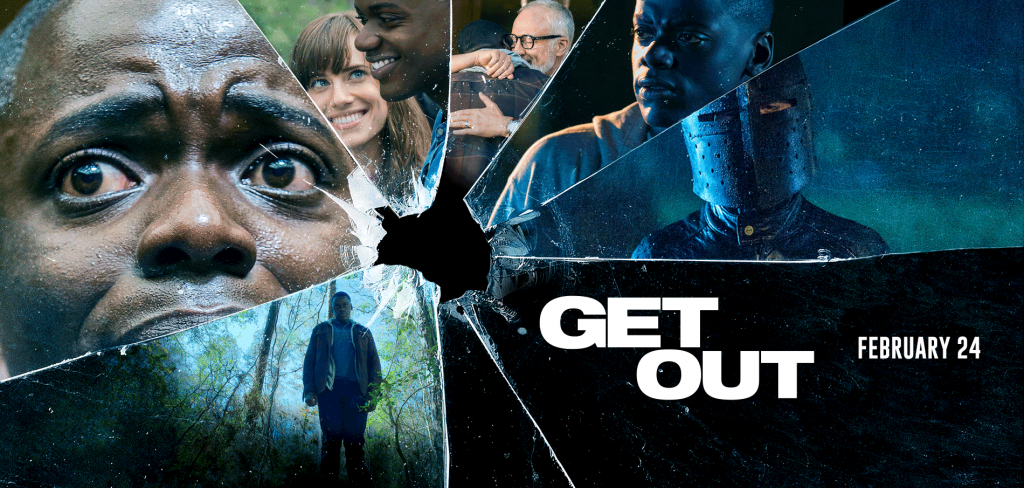The horror genre is often overlooked and dismissed by the critical world as violent, lurid, and occasionally offensive subject-matter that does not appeal to all demographics. However, it is that very subject-matter which makes “Get Out” a subversive, allegorical, and interesting film.
The movie is written and directed by Jordan Peele (“Key and Peele” and “Keanu”) and marks the feature film debut of the successful television and comedy writer. It tells the story of Chris, played by Daniel Kaluuya (“Black Mirror” and ‘Sicario”), an African-American man who is invited to meet the family of his Caucasian girlfriend, played by Allison Williams (“Girls” and “Peter Pan Live!”).
Chris has trepidation from the start, as he is fearful about the family’s lack of awareness of the young couple’s racial difference. The girlfriend convinces him that it is not an issue, and they make their way to the family’s impressive and secluded home.
Despite Chris’s anxiety, the initial meeting of the family goes off without a hitch, and Chris is welcomed in with a warm embrace. However, the hospitality quickly dissipates and Chris finds himself in a bizarre and nightmarish fight for survival.
From the outset, the premise speaks like effective but frankly generic satire. It is, admittedly, the plot description of an idea seemingly suited for the brevity of Peele’s sketch comedy style: a black man walks into the deceptively polite world of upper-class white people and is astounded to find they are not what they seem.
The actual film, however, doesn’t function like a comedy sketch stretched to feature-length; it feels like a painstakingly crafted thriller with honest roots in both the horror genre and in political and social commentary. It is a film which has comedic elements, but ones that don’t come from punchlines so much as they come from the uncomfortable comedy of life and the fact that, after slavery, Civil War, civil rights, and a black president, American culture still cannot get past the triviality and immaturity of racial division.
That deep investigation into the topic of race is what makes the film as effective on all levels as it is. If an audience chooses to see the story as a thriller, it can function in that way. There are jumps and scares and tension worthy of Alfred Hitchcock layered into the progression of the plot, allowing for nail-biting, cinematic suspense intermixed with hard-exhaling relief.
If racial commentary is the sole takeaway, there is enough there to write a dissertation on, and the layers get deeper and more substantive as the ideas are unpacked. Peele has described the film as a “black man’s nightmare,” and “nightmare” is a good guideline for some of the film’s more surreal moments. However, there are very real issues being discussed in the film: topics such as abandonment, guilt, complacency, tokenism, placation, and racial superiority are among a few that drive the narrative flow.
Peele’s back-catalogue, at least with regard to comedy, is a bit of a red herring as the comedy takes a back seat to the film’s more serious tone. Its lineage is more “Look Who’s Coming to Dinner” or “Rosemary’s Baby” than it is the work of a comedian. Its message feels real, the stakes feel real, and the film dares to have a personality.
It’s dark, funny, racist, honest, and alive – the kind of movie you want to see in the theater and with an audience. It’s communal, the way film ought to be. It’s not something to watch in the comfortable seclusion of your home, but rather in public, with a diverse audience who will have to reckon with the ideas.
If you go in and feel uncomfortable with the subject-matter, that only means one thing: it’s working.

